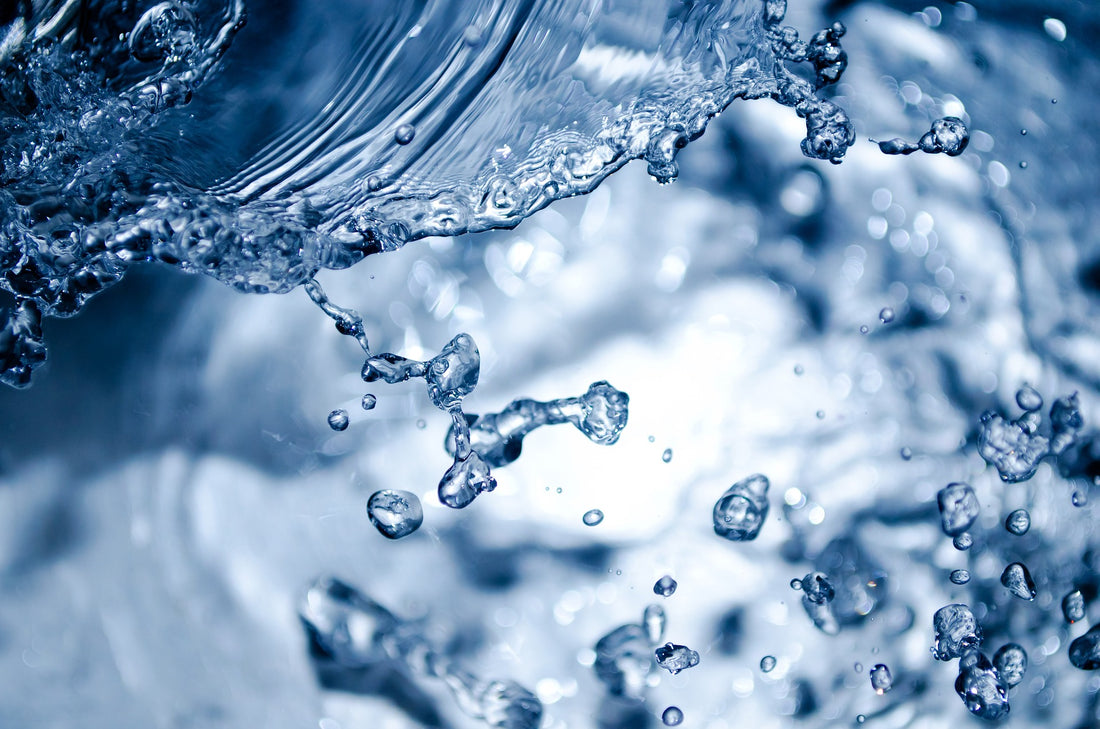Are You a Hydroponics Beginner? The Complete Guide to Understanding Nutrient Reservoirs and Air Pumps
Starting Out With Hydroponic Growing
Venturing into hydroponics can be confusing, especially if you are a beginner. Between figuring out nutrient reservoirs, air pumps, and a host of other components, there's a lot to take in. Don't fret, though. This guide will break down everything you need to know.
What is a Nutrient Reservoir?
The nutrient reservoir is the heart of your indoor gardening setup. It houses the all-important nutrient solution (a mixture of water and nutrients) that your plants need to thrive. The reservoir then pumps this nutrient solution throughout your hydroponic system, feeding your plant's roots.
Why Does a Reservoir Need an Air Pump?
Well, there's a crucial factor that your plants need aside from water and nutrients - oxygen. Oxygen prevents the reservoir water from becoming stagnant, reducing the likelihood of harmful pathogens and algae. Let's explore this a bit more.
Exploring the Nutrient Reservoir
What Goes Into the Nutrient Reservoir
As we've mentioned, your nutrient reservoir requires water and nutrients. However, there's more to it than just filling up the tank.
The Importance of Oxygen
Your plants need oxygen, and not just for the leaves above the ground. The roots also need oxygen to better absorb nutrients. Without it, they risk suffocating.
Avoiding Stagnant Water and Harmful Buildups
Without a regular flow of oxygen, your water becomes stagnant. This leads to a buildup of harmful pathogens and algae that can damage or kill your plants. That's where an air pump comes in.
The Role of the Air Pump
Why Plants Need Oxygen
Without oxygen, plants cannot absorb nutrients, leading to plant stress. Despite being submerged in water, the roots can drown without enough oxygen.
The Purpose of Dissolved Oxygen
Here's where the air pump comes in. It helps create a state called "Dissolved Oxygen", a vital factor for plant growth in a hydroponic setup.
How the Air Pump Works
The air pump sits outside your nutrient reservoir, connected by a tube. It takes air from the room and pushes it through the tube into your reservoir, providing the necessary oxygen for your system and maintaining a consistent fluid temperature.
Choosing the Right Air Pump
What Happens if You Don't Choose the Right Air Pump
If you don't choose the right air pump, your plants may not get enough oxygen, limiting their growth potential. But how do you pick the right one?
Guidelines for Choosing an Air Pump
A good rule of thumb is to choose a pump with wattage equal to the number of gallons of nutrient solution in your tank. However, this can sometimes be excessive, so it's about finding the balance.
Balancing Power and Size
A powerful pump may not always be the best choice, especially if it's too big for your tank. Consider your reservoir size when choosing an air pump to ensure you're providing the best environment for your plants.
Conclusion
Navigating the world of hydroponics can be challenging, especially when it comes to understanding nutrient reservoirs and air pumps. However, with the right information, you can make informed decisions that will set you up for success.
Frequently Asked Questions
- How often should I change the nutrient solution in my reservoir?
- What happens if my plants don't get enough oxygen?
- How do I know if my air pump is working correctly?
- Can I use any air pump for my hydroponic system?
- How do I prevent algae from growing in my nutrient reservoir?
